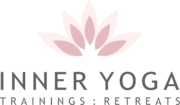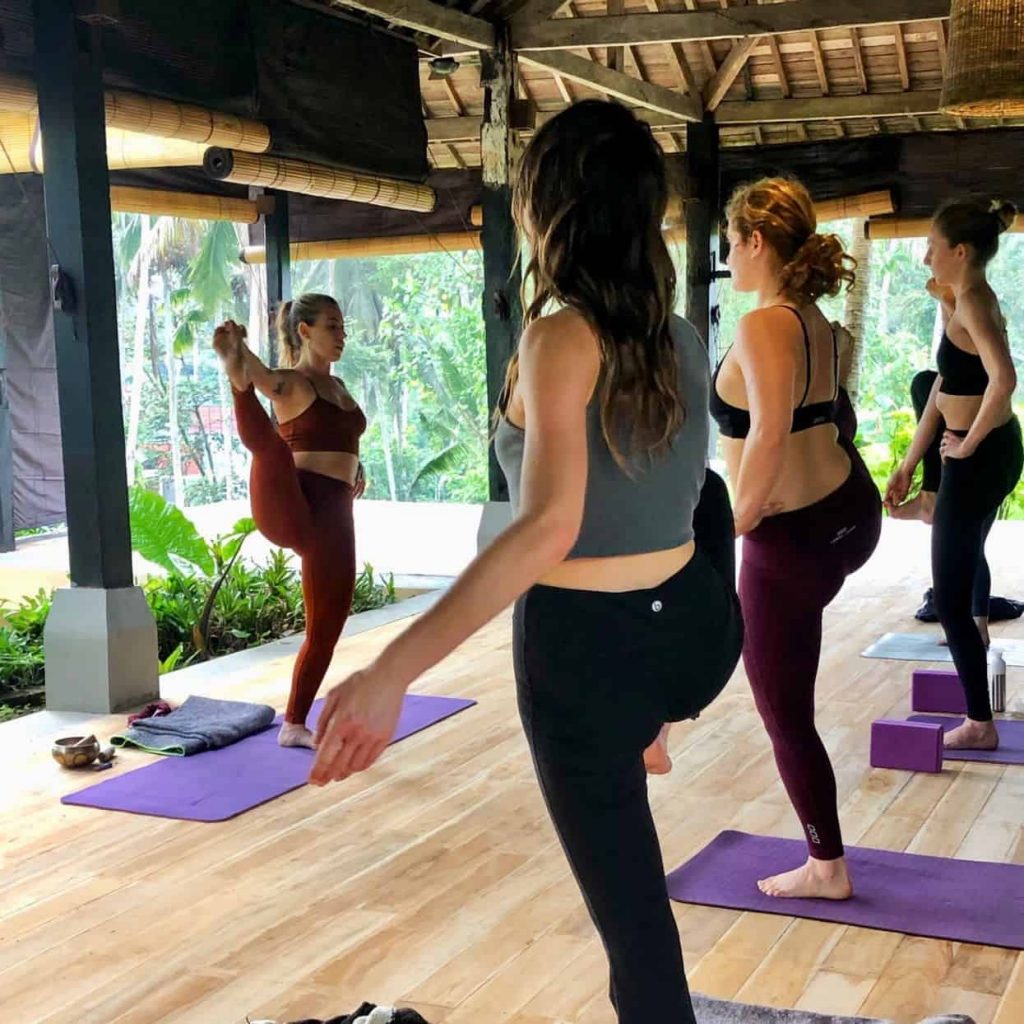While there is no one set of rules or a checklist for what makes a great yoga teacher, there are things to take into consideration that aid in the progression of your yoga teaching career. While what makes a “good” teacher is ultimately subjective, most experienced yogis and teachers would agree that there are a few things all good teachers have in common. A consistent personal practice, an education and understanding of functional anatomy, continual upskilling and self-study, and of course, teaching experience.
Consistent self-practice is an essential part of being a good yoga teacher. Practicing yoga and meditation regularly creates an embodied understanding of the effects of the practices. While intellectual study through reading and lectures is important, having the felt experience of a consistent yoga practice in your body and mind is irreplaceable. Whether it be through attending classes in person or online or a self-guided sadhana, meeting yourself on your mat consistently is suggested for anyone wanting to teach yoga. When you start out teaching, we also recommend practicing your sequence before you teach it. You will then know how transitions between poses feel and what the overall flow is. As you gain more experience teaching you don’t always need to do this as you will become more familiar with what sequences work well.
An understanding of functional anatomy is essential for all yoga teachers. Choosing a yoga teacher training program that covers functional anatomy and anatomical variation is essential for teaching yoga safely. Yoga asanas are not one size fits all. There can be drastic variations in anatomical structure from person to person – how the bones of the body fit together and their shape and orientation are different from student to student. For example, while we all have a femur bone (thigh bone), the size and shape of the head of that thigh bone (the ball at the top of the bone) is different for every person. This means that how the head of the femur fits into the pelvis is different for everyone. This difference in bone anatomy affects what poses will be accessible for each student, as some individuals have a bone structure that will impair them from being able to practice particular postures while others with a different bone structure will find the same postures easy. What stops someone from getting into a pose is not always how flexible they are, but depends on the shape of their bones. As a teacher, once you understand this and know how to teach a functional yoga class you will have the knowledge and teaching cues to teach safely to all yogis in your classes. Inner Yoga Training’s 200 hour yoga teacher training in Bali provides extensive education on this and is a great opportunity to learn about functional anatomy.
Proactive self-education is another factor that contributes to being a great yoga teacher. With so many aspects of yoga to study, ranging from physical to philosophical, it is impossible to know everything. Continued study after the completion of your initial 200 hour yoga teacher training in Bali is essential to continually expand your knowledge on both yoga itself and the art of teaching yoga. This can be through attending classes, reading relevant texts, attending workshops, or partaking in further training. Inner Yoga Training offers additional courses and trainings to help you upskill after your initial 200 hour yoga teacher training in Bali including their upcoming Bali yin yoga teacher training in 2023.
Last but not least, and potentially the most important is practice, practice, and more practice. While there is no such thing as ‘perfect’, continued practice teaching is the easiest way to improve your yoga teaching. In addition to learning first-hand what is working for your students and what isn’t, teaching more classes ultimately helps establish greater confidence in teaching yoga. Having a mentor that is an experienced teacher to provide feedback for classes you teach can also be incredibly helpful for progressing in your teaching career. Inner Yoga Training provides ongoing support to their students after they complete their yoga teacher training as it takes time to gain confidence as a yoga teacher. If you don’t have access to a mentor, recording yourself teaching is also a powerful tool for fine-tuning your teaching technique. Through listening to recordings of yourself teaching, you have the opportunity to hear any issues in your articulation of cues, or overly repetitive cues you may give, and provides the opportunity to decipher whether your instruction was clear.
Our last piece of advice on being a great yoga teacher is to be authentic. Teach what you love and what feels genuine and important to you. Speak and teach from your heart. Students in your class will sense when you are not being authentic and trying to teach in a way that isn’t naturally coming from you. We always say to our students during their 200-hour yoga teacher training not to try and please everyone as you never will. Teach how you want to teach and those that love your classes will come to you and those that don’t will find another teacher and that’s fine. Learn to be comfortable with the idea that not everyone will love your classes but there are those that will love your style. We all like different styles of music and it’s no different with yoga classes and teachers. It’s also important to teach what you know and are familiar with. If you try to include topics or throwaway lines that you’ve heard other teachers use, your students will know. Be authentic, be you, and have fun with your teaching and sequencing.

